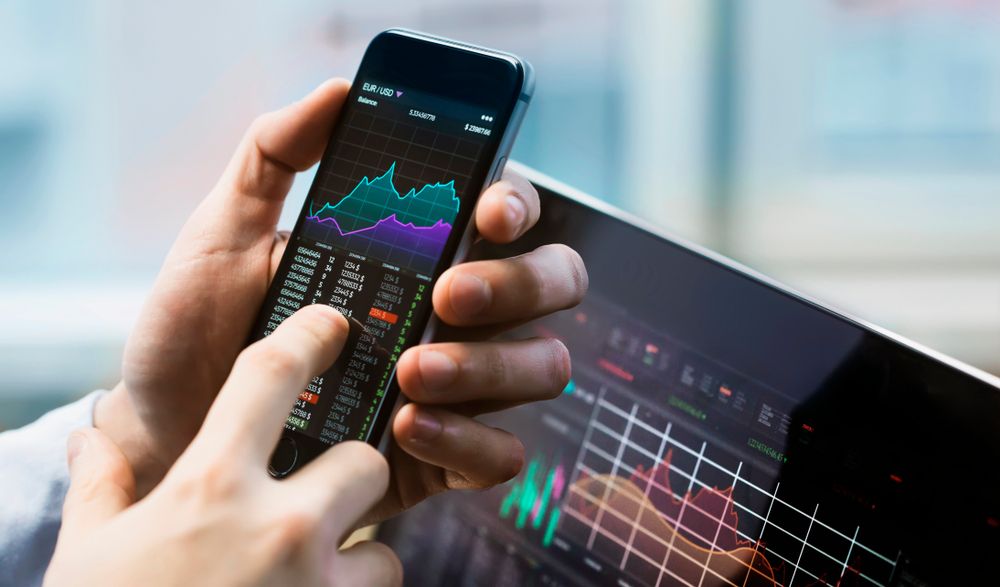
Slippage is a common term for the people who participate in trading often. Slippage in trading refers to a price difference at which you placed the order and the price at which the commodity is issued to you. Thus, any trader who wants to benefit from trading and wants a consistent output must know how to avoid this slippage while trading.
Now, it is pretty common to encounter slippage during a trade. This is because trading is a dynamic activity where prices constantly change. And, slippage in trading generally occurs because of the volatile nature of the market.
People always react in groups or herds. Similarly, many people jump on the bandwagon and place their orders whenever an excellent opportunity appears in the market. This creates a scenario where the supply cannot meet the demand, and the price falls lower than the issued price.
You may also encounter slippage in trading if you have a habit of trading during peak trading hours. This is due to the fact that most of the trade is conducted during these peak trading hours.
You can expect slippage in stocks when a stop-loss order is at a lower position than the initial order. During the case of slippage, the brokers will execute the order at the current rate. In the case of a limit, order slippage has less or no impact on such orders. Well, here is a detailed guide on how to avoid slippage in trading.
Slippage can be further categorized into three main categories. These categories are created based on the difference between the order execution price and placed order price. One of the root causes of market slippage is when a big order is taken up, and it cannot be fulfilled because there is a shortage of stock quantity.
There are three types of slippage:-
Avoiding slippage is not always possible due to a variety of reasons. You can think of slippage as an additional cost that you have to bear. You can also consider it as a commission fee. It is beneficial to bear slippage in some cases, whereas it is not that suitable in others. You can avoid slippage in trading by not placing orders in volatile market conditions.
You should only place your orders in such conditions when it is indispensable. You can be sure to avoid slippage by placing a guaranteed stop-limit order. A stop-limit order is different from a stop-loss order. A stop-limit order will always complete the trade at the price that you have set. A stop-loss order is an order that a trader places in which they agree to sell or buy a particular stock once it reaches a certain point.
You can also avoid slippage in trading by not reacting to significant announcements and events, as it is very likely that these announcements and events will bring a change in the stock prices. You should wait and observe a pattern in the price fluctuation before placing your order.
Any critical news or significant event will indeed impact the stock prices, and you can expect slippage in the stock prices during this time. Acting on stock tips, financial news, and activities is not always reliable. There is always a risk involved with trading. Trading with a stop-loss order reduces your stake but also puts you at risk of suffering from slippage. On the other hand, a stop-limit demand will increase your risk but will also prevent you from slippage in trading.
Slippage is a part of trading, even though many people don't know entirely about it. Some people accept the slippage in their trades, whereas others can find efficient ways to avoid slippage in trading.
